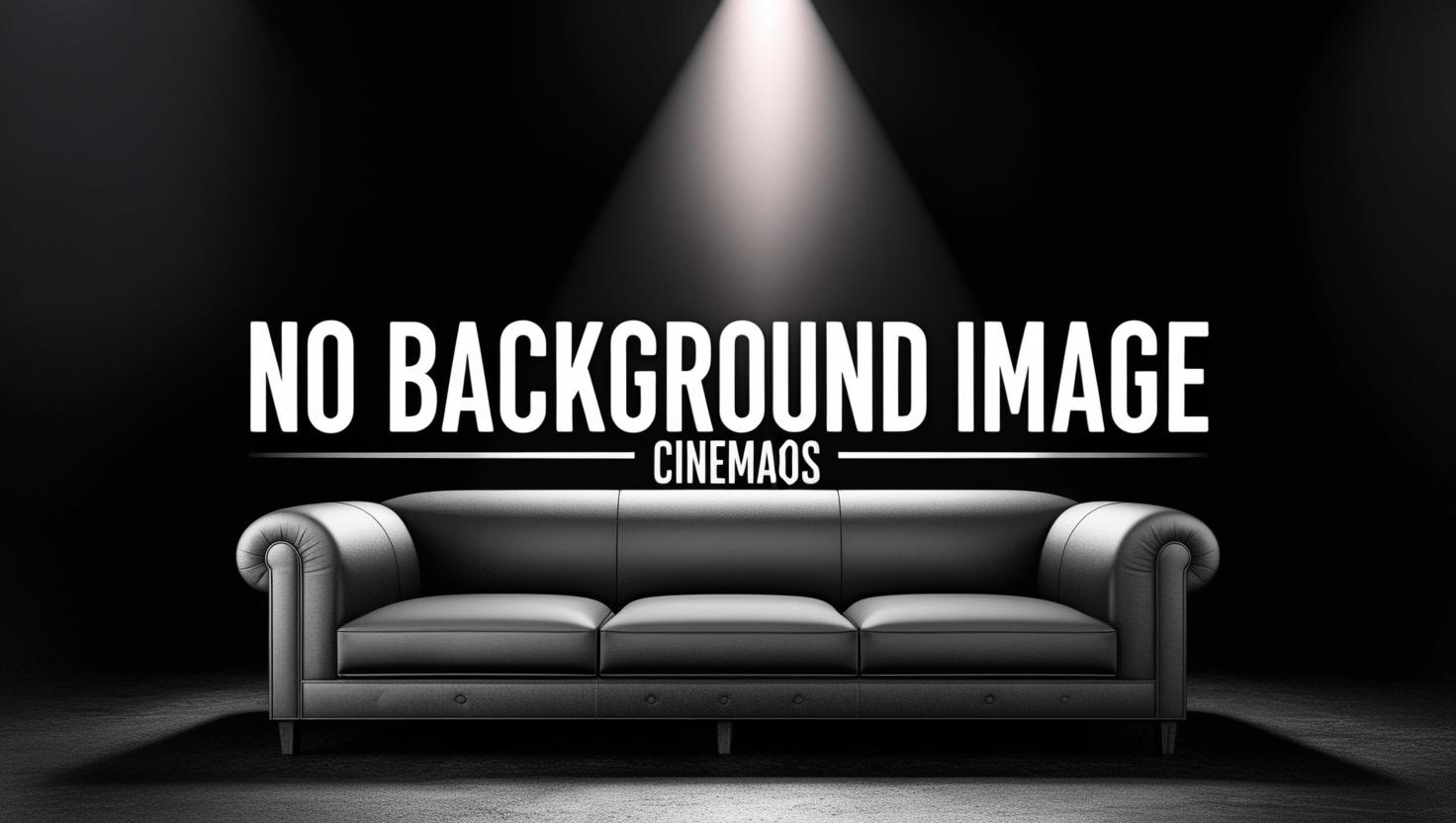
Sebastian and Jonas Leaving the Party
2019
0h 1m
0.0(0 votes)
Documentary
Animation
Overview
"My last image of Jonas."—Ken Jacobs
Links & Resources
Social & External
Cast & Crew
1 member
Directing
Jonas Mekas
Unknown Role


"My last image of Jonas."—Ken Jacobs
Social & External
Unknown Role
